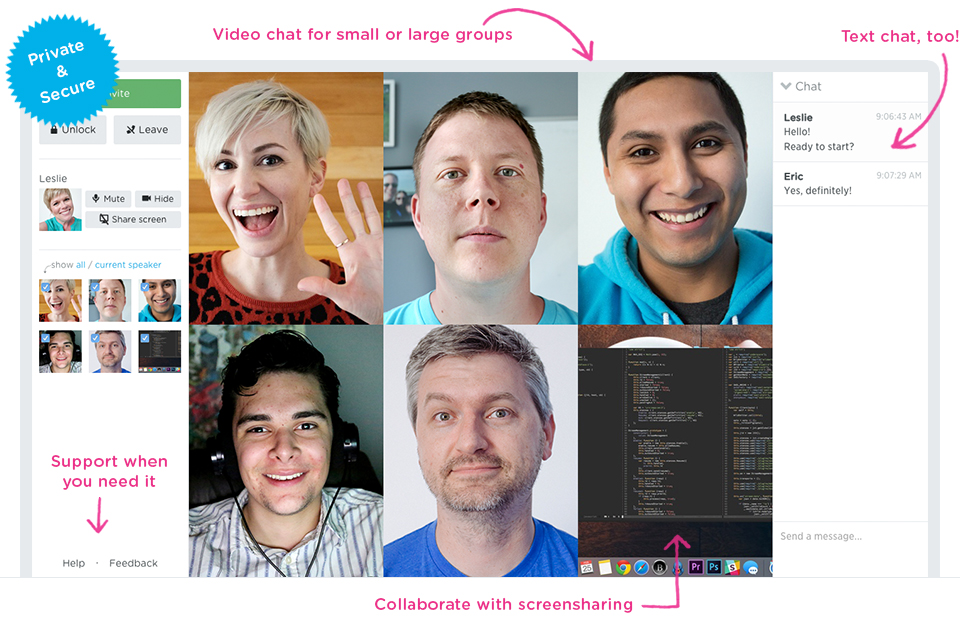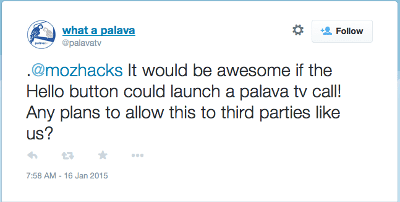Modern WebRTC Javascript with Promises
tl;dr: with adapter.js you can write WebRTC code that is spec-compliant and works in all supported browsers. That is the web we want.
We have come a long way since WebRTC was first enabled by default in Nightly back in February 2013 after interoperability had been achieved earlier that month. Since then a lot has happened.
One of the bigger updates to the specifications was the addition of a Promise-based version of the API instead of callback-based API in December 2014. Firefox has supported the Promise-based versions of the getUserMedia and the RTCPeerConnection APIs for quite a while now. Yay!
That means you can write code like this:




